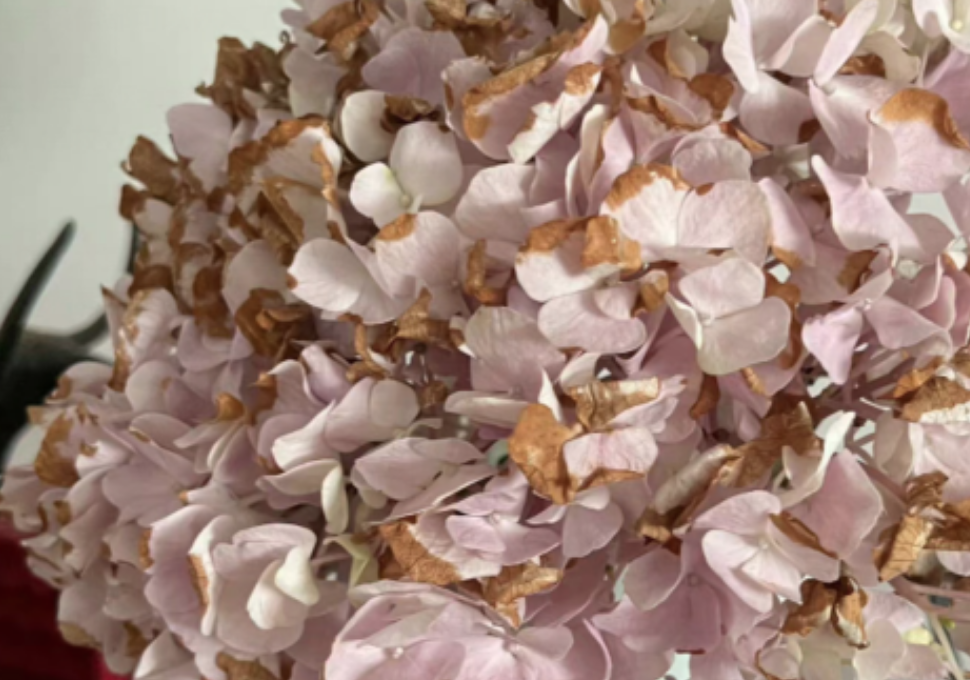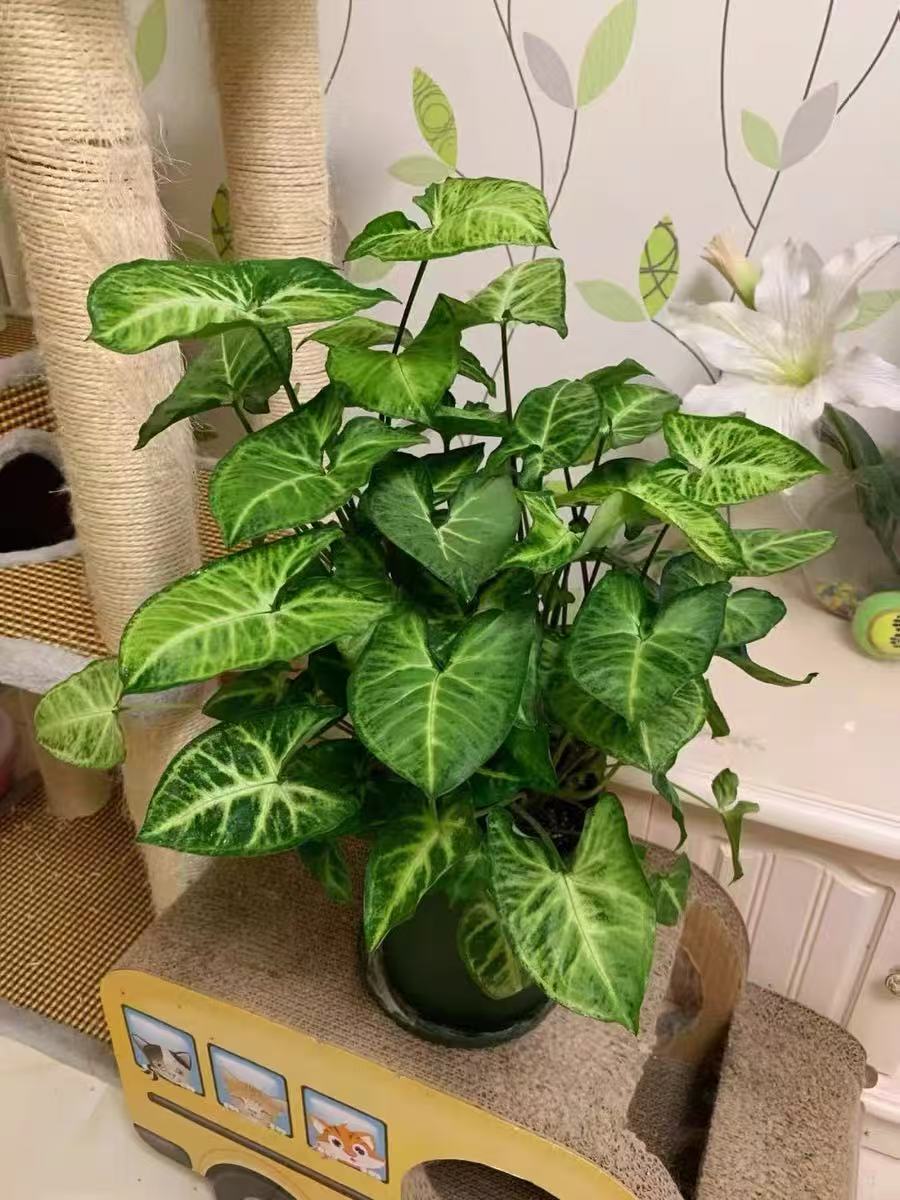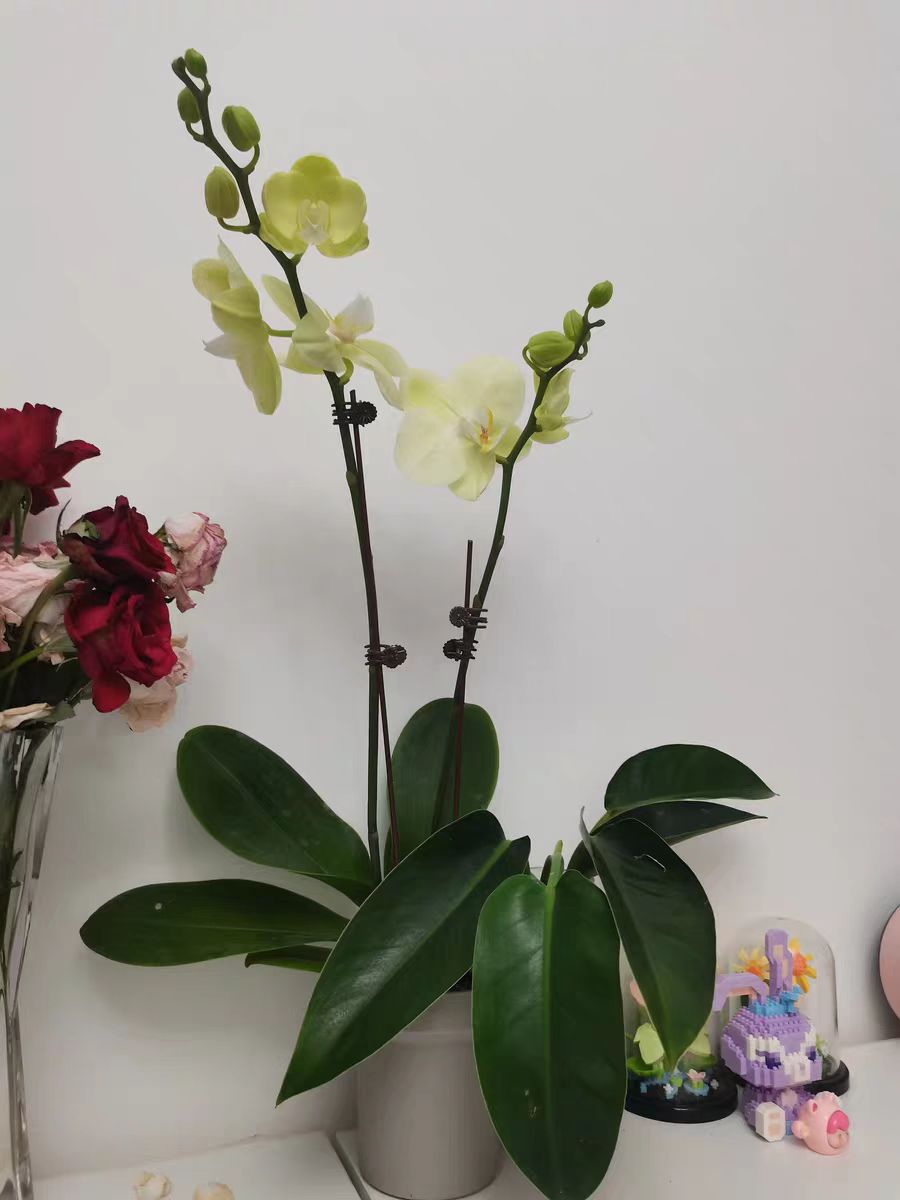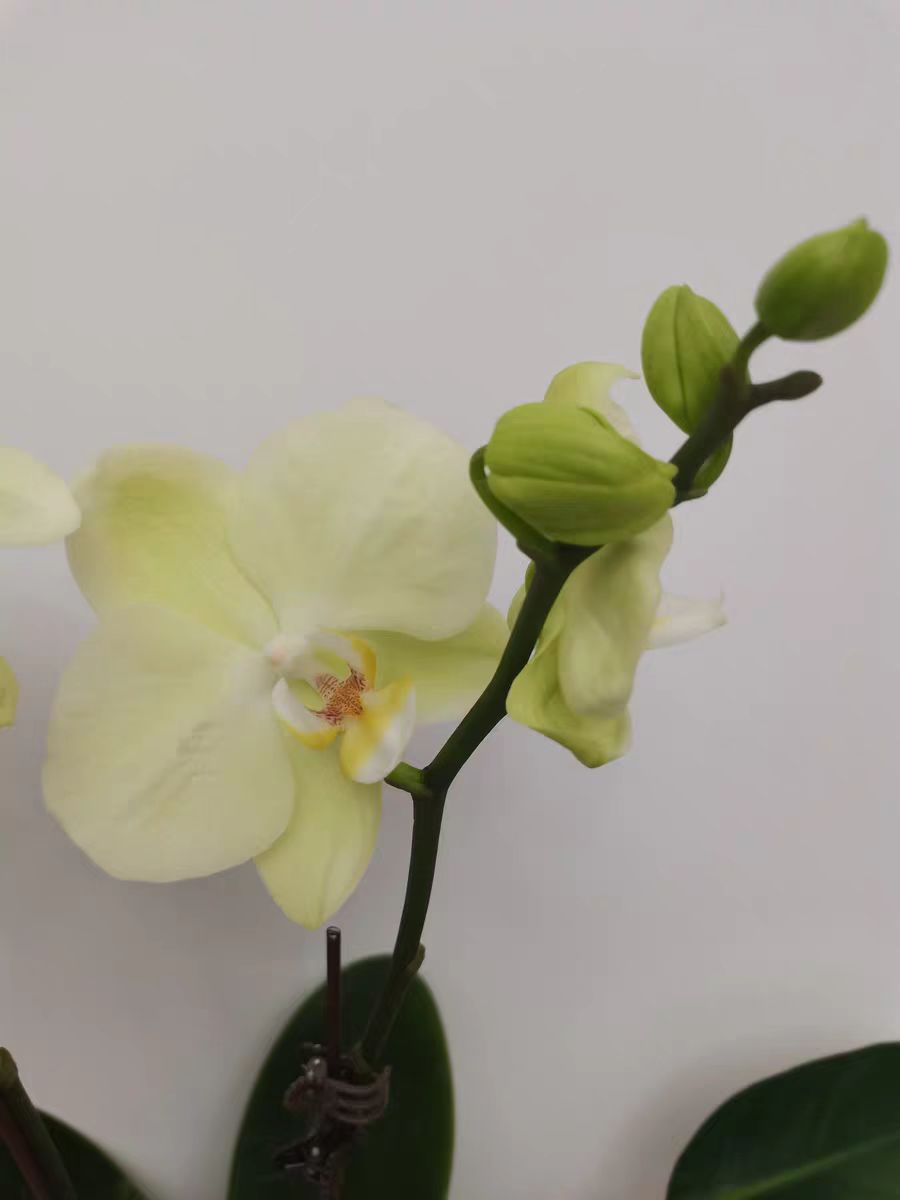The most feared situation when growing hydrangeas is dehydration. It usually shows as wilting leaves, dull colors, and in severe cases, leaves may droop or turn yellow. You may feel frustrated, but it's okay. As long as there is a correct first aid method to relieve dehydration, the problem can basically be solved. Let's learn about it together below.
Normally, when you first start growing hydrangeas, they still feel firm. But if after two or three days of raising them, the flowers tend to wilt, this is a sign of dehydration. At this time, if the dehydration of the hydrangeas is not particularly serious, just make a diagonal cut at the root, then make a new water outlet and then make a cross shape. After that, remove the white cotton wadding in the middle. Take a deep-water flower pot and keep it in full water for more than 5 hours. During this period, you can also spray the flower head with water, spray each petal, or cover it with a wet towel or a fresh-keeping bag. Usually, this operation can restore it.
If the dehydration of the hydrangeas is more serious, the operation is to make a 45-degree diagonal cut at the root, then make a cross-shaped cut, remove the cotton wadding by hand, find a relatively large basin or bucket, and soak the entire hydrangea in the flower-awakening bucket. During this period, just soak it for 3 to 5 hours quietly. If the dehydration is particularly severe, it may need to soak for an entire night. After the first aid, take out the hydrangea, take a vase and fill it with water, and insert it for normal maintenance. Usually, maintain a certain humidity and you can spray it with a watering can three to four times.
Finally, regarding the dehydration of hydrangea potted plants, do not water too much at one time in daily watering. Take slow watering until the soil is completely moist. Also, avoid direct sunlight because strong direct sunlight can cause water to evaporate too quickly and aggravate the dehydration condition. For the soil, apply an appropriate amount of fertilizer rich in phosphorus and potassium, which can help the plants recover.
In conclusion, each plant has its own growth habits. Understanding and meeting their needs is the key to growing plants well. I hope your hydrangea plants can recover soon!
How to deal with the wilting of hydrangeas due to lack of water?

Share with
Tagged in :




Leave a Reply